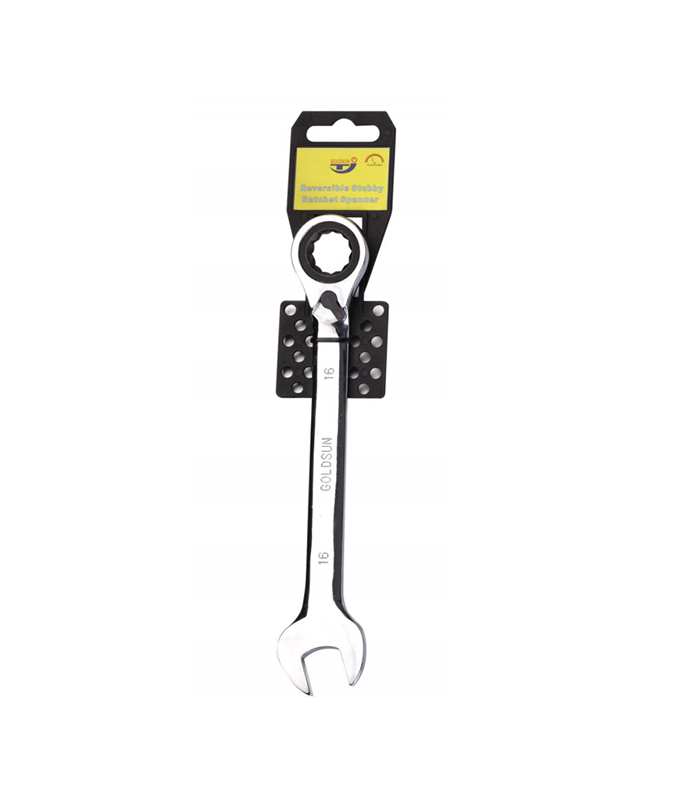

Ratchet Spanner Sets is very useful tools for a variety […]
Ratchet Spanner Sets is very useful tools for a variety of tasks. Home repair needs including tightening and removing nuts from a wall or to a frame. They also fit in the socket of a power drill and can be used to fasten or tighten stripped hose clamps and fittings to hoses. They are very useful if you have to perform maintenance tasks involving stripping or repairing parts that require much force to manipulate. Professional mechanics find them helpful in tightening and removing stripped threads on drivetrains and other electrical components. They are also useful in installing and repairing brake pads, calipers, and pads.
Some ratchet-style spanner sets feature the ability to accept a universal joint connection and have a second, removable center block for holding the screw or bolt tight. This eliminates the need for a screwdriver or a wrench to help secure the spanner. Some ratchet-style sets are also equipped with an adjustable slide that allows it to be operated with one hand or be fully closed to keep all parts secure. An added advantage is that opening the slide can allow access to the nuts and bolts, which make it easier to use.
The sliding mechanism of a ratchet-style spanner can be either hand-screwed or semi-screwed to fit a variety of threaded materials including: stainless steel, brass, aluminum and nickel. They are available in various height and length to accommodate varying screw thread sizes. In addition, some ratchet devices have "peel & lock" features, which are spring loaded to force closed when the nut or screw is rotated, but that open in response to moderate pressure. Ratchet-style spanners are popular because of their ease of use and low cost.
In order to keep material from flying out of the head of the spanner, the ratchet mechanism closes tightly. This function is sometimes referred to as "torsion springs". The size and spacing of the teeth on the ratchet head to determine the amount of force needed to hold the spanner in position. The spring tension is determined by the size and shape of the screw threads. Usually, one to two pounds of torque is provided by each of the screw threads. The spring tension depends on the type of materials and the type of application.
To install a spanner, there are three steps: attach the ratchet spanner head to the track, place the ratchet lever into its appropriate position on the ratchet lever arm, and turn the wrench clockwise until the wrench slips into the hole in the track. If the scanner does not come with a ratchet arm, insert the end of the post hole plug and turn it counterclockwise. Tighten the nut and tighten the screws. Once installed, the spanner should be able to rotate freely about the spindle. It should be noted that proper installation of the spanner requires proper tension of the spring.
www.ratchetspanner.com

Yuyao Golden Sun Tools Co., Ltd.